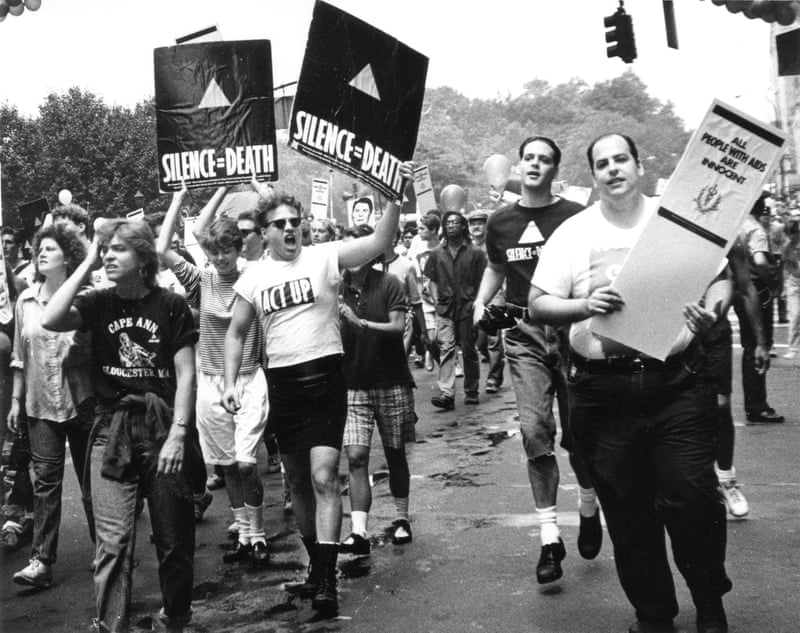The Guardian has a longread by Rebecca Solnit on why the fruits of mass protest are sometimes not realized for years or even generations. Check out an excerpt below, or read the full piece here:
For many groups, movements and uprisings, there are spinoffs, daughters, domino effects, chain reactions, new models and examples and templates and toolboxes that emerge from the experiments, and every round of activism is an experiment whose results can be applied to other situations. To be hopeful, we need not only to embrace uncertainty but to be willing to know that the consequences may be immeasurable, may still be unfolding, may be as indirect as poor people on other continents getting access to medicine because activists in the USA stood up and refused to accept things as they were. Think of hope as a banner woven from those gossamer threads, from a sense of the interconnectedness of all things, of the lasting effect of the best actions, not only the worst. Of an indivisible world in which everything matters.
An old woman said at the outset of Occupy Wall Street “we’re fighting for a society in which everyone is important”, the most beautifully concise summary of what a compassionately radical, deeply democratic movement might aim to do. Occupy Wall Street was mocked and described as chaotic and ineffectual in its first weeks, and then when it spread nationwide and beyond, as failing or failed, by pundits who had simple metrics of what success should look like. The original occupation in lower Manhattan was broken up in November 2011, but many of the encampments inspired by it lasted far longer.
Occupy launched a movement against student debt and opportunistic for-profit colleges; it shed light on the pain and brutality of the financial collapse and the American debt-peonage system. It called out economic inequality in a new way. California passed a homeowner’s bill of rights to push back at predatory lenders; a housing defense movement arose in the wake of Occupy that, house by house, protected many vulnerable homeowners. Each Occupy had its own engagement with local government and its own projects; a year ago people involved with local Occupies told me the thriving offshoots still make a difference. Occupy persists, but you have to learn to recognize the myriad forms in which it does so, none of which look much like Occupy Wall Street as a crowd in a square in lower Manhattan.
Image: Members of ACT UP at the Gay and Lesbian Pride March in New York City on June 26, 1988. Via The Guardian.
